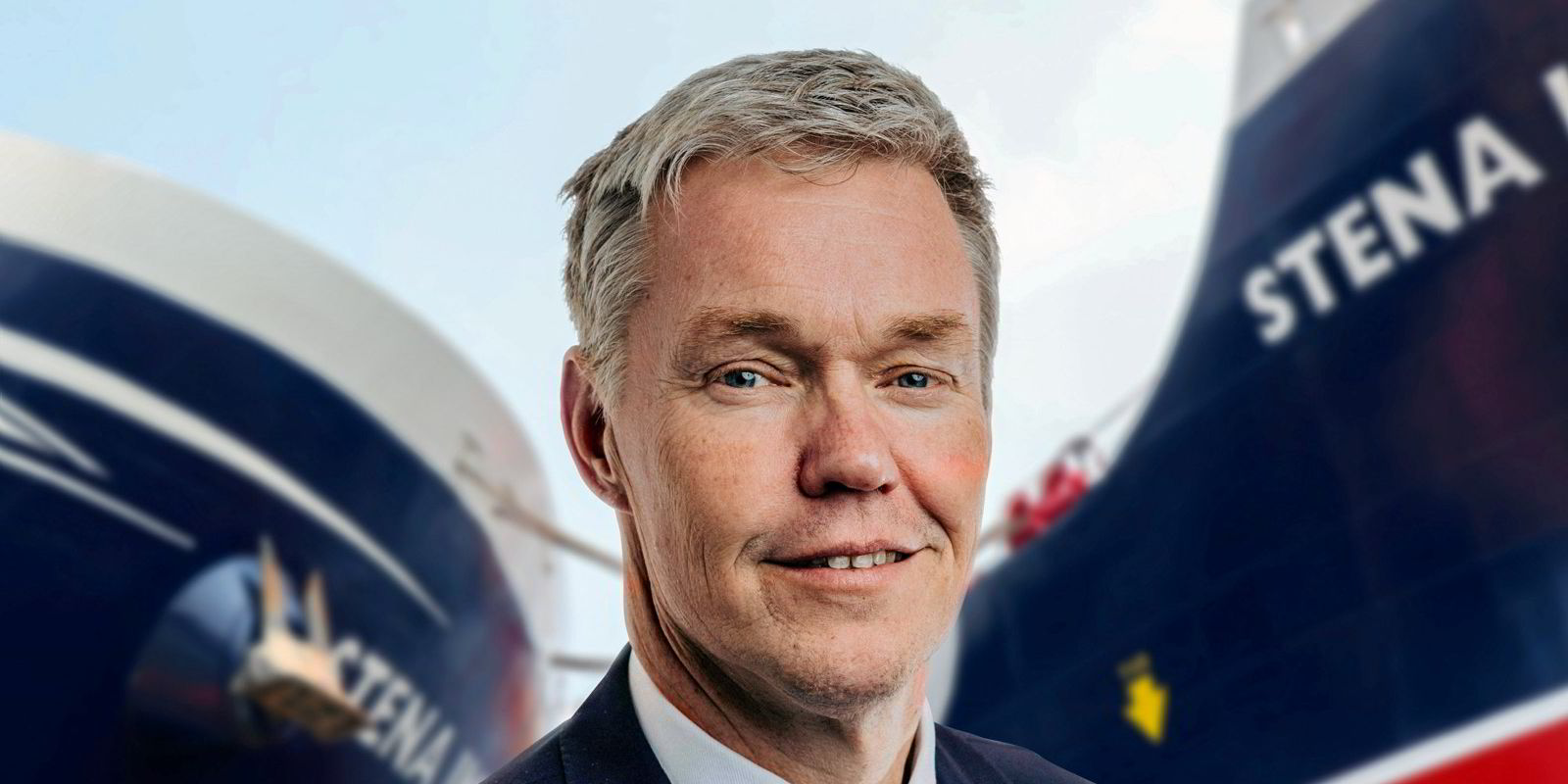Investing other people’s money — in this case, TradeWinds’ theoretical pension fund — is, of course, interesting and challenging. The scope of $1bn provides the possibility of making an impact, and it could be even more if geared up, but I will refrain from that tempting thought.
This article is part of a series written by people across shipping in response to this question about how to deploy a hypothetical TradeWinds Sustainable Shipping Fund:
How, where and why would you invest $1bn for the best return in sustainable shipping, as the industry grapples with the need to cut carbon emissions, improve efficiency and keep cargoes moving in a world facing multiple economic and political challenges? The investment will be made now and ideally held for the next seven years to the end of the decade. As an added bonus, give one policy or regulation you would like to implement from 1 January 2023 to benefit shipping?
I take it for granted that the clever employees of TradeWinds have allocated their pension funds to me as part of a diversification strategy. So I do not have to concern myself with lowering the risk profile by executing several investments, but rather keep the risk profile at adequate levels, as long as it is within the investment mandate of profitable and sustainable — definitely challenging.
The past 12 months have shown the world that it needs hydrocarbons. That was the case before February 2022 as well, but the new geo-political situation has highlighted the world’s dependency in quite an extraordinary way.
Consumers, industries and societies as such rely on hydrocarbons, and I think it is fair to say this is now also well-recognised by governments and politicians. But our society at large also wants to be ‘green’ and act responsibly towards our planet and future generations.
The key question, then, is how do we combine the continued consumption of hydrocarbons with a reduced carbon footprint? In addition to the transfer to green-energy sources and more efficient use of energy, the development of carbon capture and storage (CCS) value chains is the answer.
This will allow for the continued use of hydrocarbons as an energy source for our global society, but without the negative greenhouse effects. The CCS value chains are long-term, capital-intensive industrial projects, which will require a massive demand for marine transportation of CO2.
The characteristics seen from a shipping perspective are attractive, and our industry can apply all the know-how and experience in enabling logistical chains based on the understanding of the need for both regularity and frequency in serving the customers.
So in short, I would go all in and invest the full $1bn in flexible, scalable and cost-efficient CO2 carriers with the ability to inject CO2 directly into the storage facilities offshore. Over time, the demand for these vessels will be massive and a new shipping segment will be made.
It is hard to find other investment opportunities that will be able to combine the two criteria set out in the investment mandate, sustainable and profitable from day one, so I am quite sure that the beneficiaries of the TradeWinds pension fund have a green and prosperous future if following my advice.




